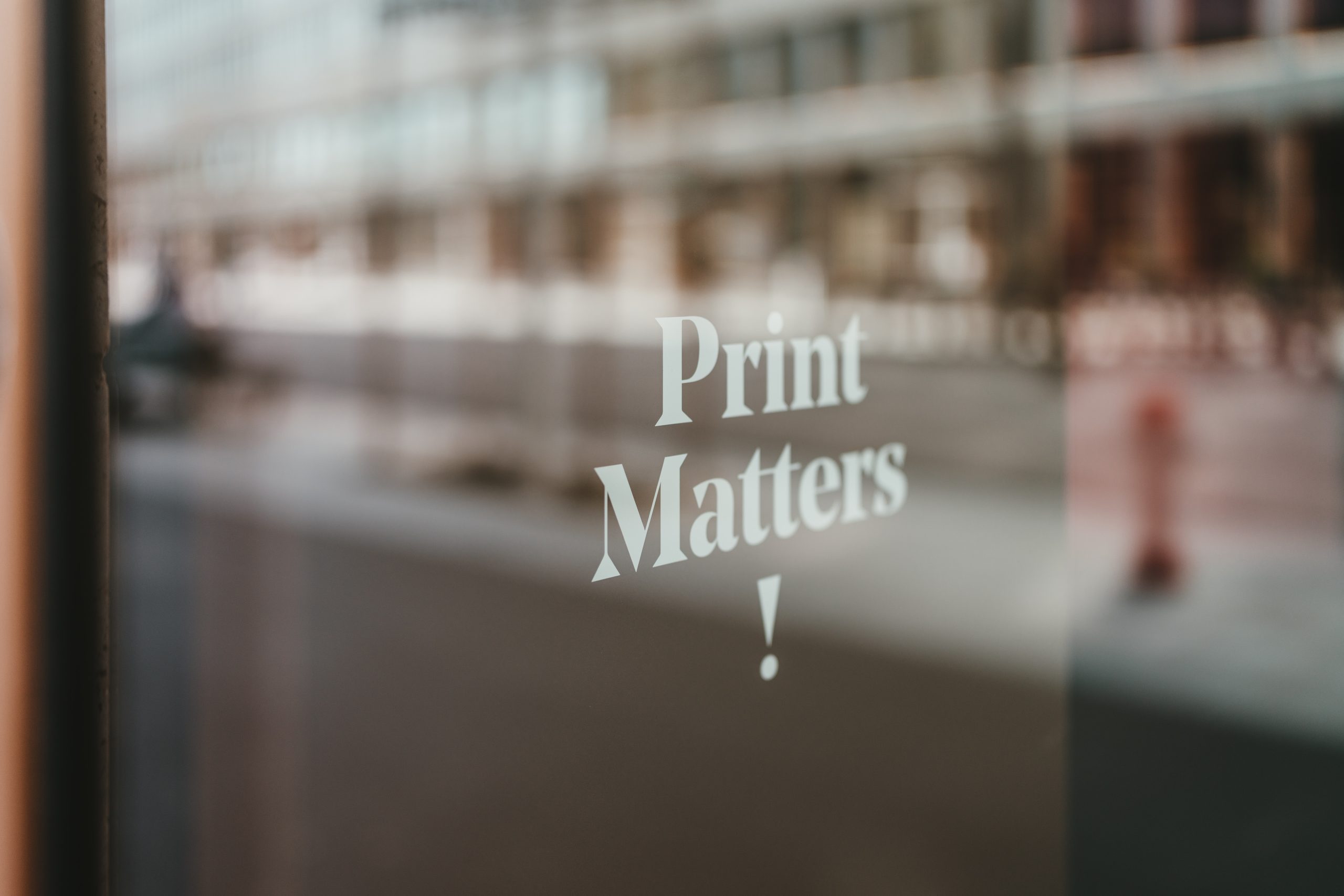The question on everyone’s mind these days is simple: Is print sustainable enough to remain a valid marketing method? Whether it’s day-to-day business marketing printing such as brochures, signs or even business cards, or the more intensive print runs for marketing campaigns, the focus is on whether these are still justifiable methods of getting the name out.
On top of that, consumers and governments alike are demanding industries like print to become more sustainable, either through purchasing power or sanctions imposed. We’re amidst a transformation, and sustainability is at its heart. Print is often associated with unnecessary resource consumption. The UN recently shared that by 2050, we will need three planets’ worth of resources to sustain our lives as they are now for the 9.7 billion that will be alive. This means concerned consumers are asking companies, what are you doing to protect my future?
Does Print = Wasted Energy?
Going a little deeper, things may not be quite as they appear. At first glance, it may seem we should just avoid using paper, but that is far from the truth!
Statistics show 324L of water makes 1kg of new paper. However, about half of waste from businesses is also paper, and when it is recycled, it saves 26,000l of water, we can start to see that rather than simply not using paper, it’s more about what we do with the paper determines how wasteful it is.
Furthermore, paper can go through the recycling process around 3.6 times every year (In the EU), making it highly sustainable. The print industry also emits some of the lowest amounts of industrial gases, and the cherry on top is paper is made from wood. One of the most renewable and easy to make sustainable resources on the planet. This all stacks up quite considerably against the 44.7mil tonnes of electronic waste the earth produces each year (ref. 2016).
Eco-Friendly Printing
So if it’s not paper, that’s the main issue; what other areas of the printing industry can be looked at? Yes, you guessed it. The printers themselves can have a significant impact on the environment. Here are a few of the most modern and most efficient printing changes in effect
- UV Printing
UV printing takes advantage of how quickly UV can dry ink. Using considerably less time to dry, resulting in far less energy being used for the same amount of printing. It also uses around 80% of the ink of regular printers.
- Digital Printing
As the images are put straight onto the presses via digital files, it uses less CO2 and is carbon-neutral. This is because it doesn’t need printing plates, so no materials are wasted in regularly replacing them.
- Carbon Balanced Printing
Less about the process itself, this is a project which involves monitoring the amount of CO2 used in the process and ensuring those numbers are offset. The World Land Trust has been set up specifically to assist companies on how this can be done and works to conserve key rainforests and wooded areas of land.
- Sustainable Ink
What’s a printer without its ink? Around 4 billion kgs of ink is used every year, which is a lot of petroleum. More eco-friendly and sustainable inks have been crafted from vegetables and even soy. Many modern newspapers today use these.
Key Elements of a sustainable print campaign
Companies must look at all areas of their print activities to achieve sustainability.
- Digital – not always suitable, but consider whether a shorter print run can be balanced by a digital element. Though potentially a catch-22 as digital doesn’t always equal more sustainability.
- Paper – recycled paper is a fantastic option for keeping wastage low, key to finding FSC or PEFC stock.
- Ink – switch to either vegetable-based or soy inks, and use remanufactured ink cartridges.
- Recycle – create processes that ensure all waste is recovered and put back into the cycle.
- Amount – Always use just enough, and be creative with printing to get the most out of the materials.
As we look at it, creating sustainability in print comes from being smart with your resources and also keeping in mind they won’t last forever.
Sustainable print campaigns will always benefit from having a printing company that understands this and is focused on ensuring you deliver to the customer exactly what they need in the way they want it. Reach out to Clone Media to see how we can support this mission today.






